Kelp Greenling Eggs in Puget Sound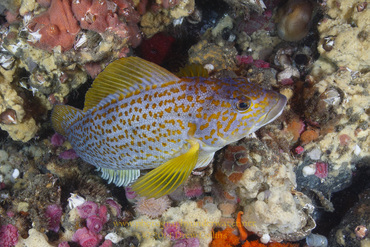 Kelp Greenling Female (Hexagrammos decagrammus) Kelp Greenling Female (Hexagrammos decagrammus) The Greenling family (Hexagrammidae) in Puget Sound is made up of primarily five animals. The Lingcod is the largest and most recognizable, but also included are the Painted, Rock, White Spotted and Kelp Greenling (Hexagrammos decagrammus). Both female and male are beautiful and colorful. The female (image to left) has yellow dorsal, pectoral and tail fins. Her color pattern is freckled with yellow spots on her silver body. The male is darker with fewer and larger blueish spots, usually on the front half of his body. I love to observe and photograph Kelp Greenlings. They are flighty and skittish, which makes it difficult to get within six feet. For a photographer six feet may as well be sixty feet in Puget Sound. Much of the time we have a great abundance of backscatter (floating particulate matter) in the water column. In learning about these animals, it seems the male will typically entice one or more females to lay her eggs in a protected area. Usually an empty barnacle shell or something similar. Then he'll fertilize and guard the eggs. Like other species of fish, such as Sculpins for instance, the male will guard the eggs during development. I've been monitoring a patch of eggs on some recent dives. On each visit to the egg mass, I am visited by the agitated male. His behavior is to demonstrate to me that he is protecting his eggs. Although he never attacked me, it was clear I was in his territory. With regard to the eggs mass, I could clearly view different colored patches of eggs, probably from at least one other female Greenling. The first image I shot below (far left) was early in the incubation period. Only a few of the larvae have begun to develop eyes. Just one month later I witnessed substantial development. The larvae now have very clearly defined eyes. Many have developed spots on their bodies. It almost looks as though you can differentiate the males from the females. All of these macro shots were taken with my Canon 5D Mark III. I only shoot with Canon glass, and these were shot with my 100 mm lens. The forth shot was taken using my Nauticam 'Super Macro' Converter. With this +12 diopter it's very easy to see the advanced development i'm referring too. I am hoping our northwest winter weather will allow me the opportunity to revisit these eggs to witness and photograph the birth of a few hundred new Kelp Greenlings.
0 Comments
Leave a Reply. |
AuthorDrew Collins professional underwater photographer and environmentalist living and diving primarily in the beautiful Emerald green waters of Puget Sound near Seattle, Washington. Categories |
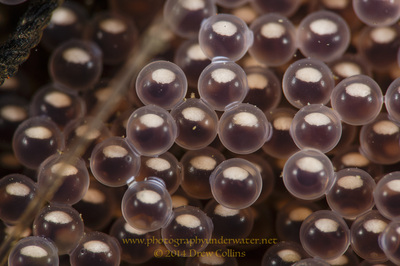
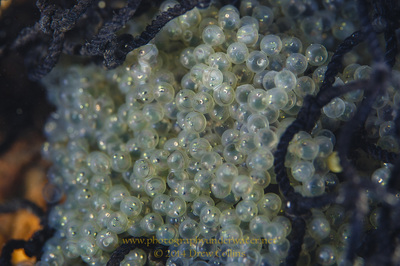
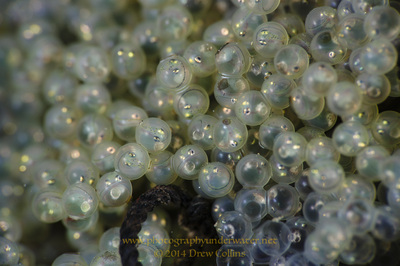
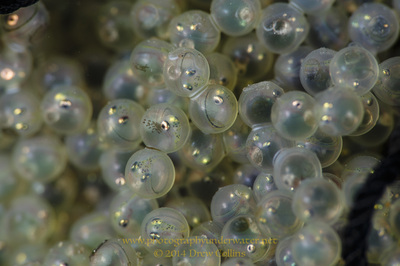
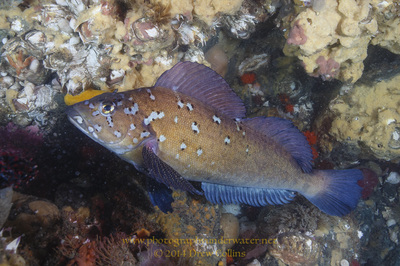
 RSS Feed
RSS Feed